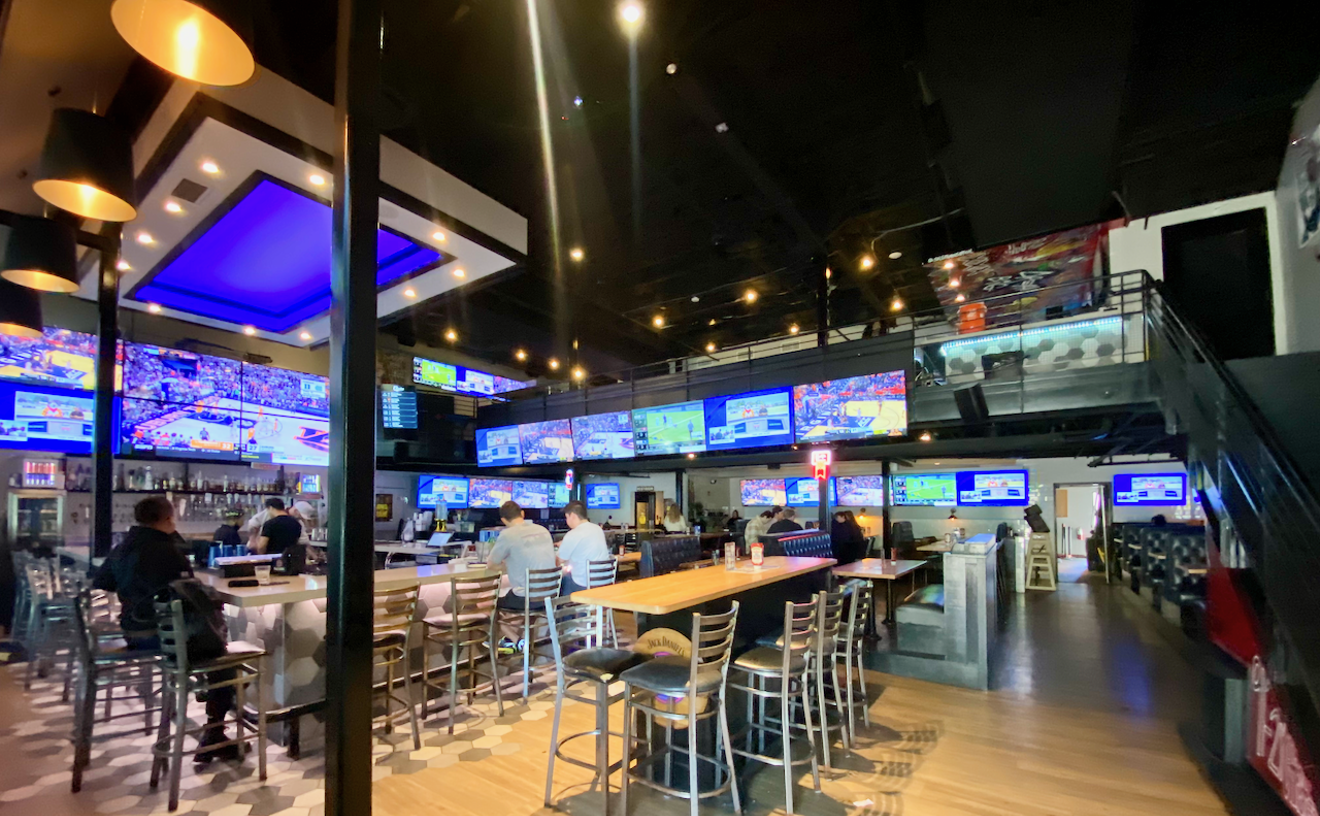Let's get one thing straight: Tex-Mex has never pretended to represent Mexican cuisine in its entirety. In fact, according to Robb Walsh, author of The Tex-Mex Cookbook, the genre was developed by Euro-American descendants and Hispanics living in Texas (Tejanos)--and was designed to be marketed to gringos.
This week, my quest to find examples of authentic Tex-Mex in Dallas by following chapters of the popular cookbook, turns to combination plates. The one-price assembly is just about as old as the cuisine itself. Interest was first sparked by the San Antonio chili stand in the Texas Exhibit at Chicago's Columbia Exposition in 1893. The resulting clamor nationwide gave several San Antonio businessmen some culinary inspiration, notably the one who invited Otis M. Farnsworth to a popular little Mexican place. A native Chicagoan, Farnsworth opened The Original Mexican Restaurant in the Alamo City in 1900.
Originally, combination plates were offered for a mere fifteen cents...and male patrons were required to wear a jacket.
FDR dined there (actually at a copycat version located in Ft. Worth) whenever he was in Texas visiting his son Elliot. A copy of the restaurant's menu from the 1940's reveals that prices for the "regular supper" had jumped to 45 cents. At the time it consisted of tamales, chili con carne, enchilada, frijoles, tortillas de maiz, and sopa de arroz (Spanish rice). During that same decade, a New Braunfels businessman named William Gebhardt began marketing chili powder, the key ingredient in much of the Tex-Mex genre, lending distinct flavor to chili gravy--as well as to Chili Con Carne, better known as The Official State Dish of Texas...next to chicken fried steak. The company he founded still bears his name today.
The Original Mexican Restaurant prospered in its original location on Losoya Street until 1960, when it was bought out by nearby Riverwalk denizen Casa Rio. Since Walsh's book was published, a new rendition of the Original has set up shop within shouting distance of Casa Rio, owned and operated by the company which made Kangaroo Court Restaurant justly famous for its luscious cheesecake.
All that aside, the combination plate remains well represented in Dallas, although establishments here often expand the platter beyond its first incarnation to include burritos (which, Walsh notes, were not part of the Tex-Mex lexicon until recent times), bean soup, quesadillas, and tacos (both crispy and soft). Virtually every Tex-Mex joint, upscale or down-casa, offers one or more of these plates for those of us who truly love all dishes Tex and Mex.
Recently, Los Cucos, a central Texas chain well-known to residents from Houston to New Braunfels, opened their first North Texas location on the Tollway in Plano. Los Cucos sports a large and multifaceted menu--literally something for everyone--and boasts an entire section to combinations, which they call "Mixed Plates." The El Gringo features a classic cheese enchilada, covered in the once-requisite chili gravy, as well as fajitas (beef or chicken) and a crispy beef taco, paired with the usual combo-plate partners-in-crime: rice and beans. Another plate, the El Rey, is exactly the same, except it substitutes a chili gravy-covered tamale in place of the fajitas.
Authentic in spirit, if not exact composition, these plates carry the Original's tradition into the 21st Century. The crowds on a recent Saturday night give testament to the notion that Tex-Mex combo plates, whether priced at fifteen cents or ten times that amount, still represents a bargain in good economic times and bad.
Mr. Farnsworth and generations of fellow purveyors could hardly have asked for more.










